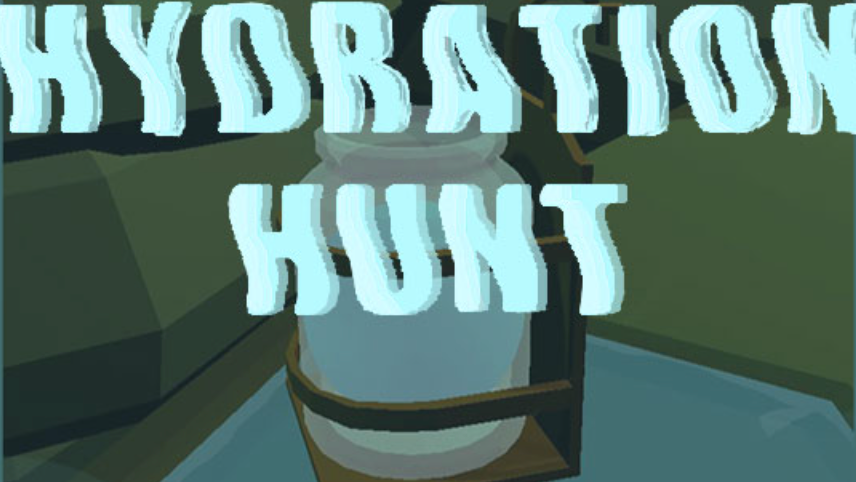Trailer
Silent playthrough
The Exhibition Of A Lifetime
The Exhibition of a Lifetime is a single player exploration game where the player explores a museum. Within the museum are works of art created by famous surrealist painters. The players can explore the paintings and get the artifacts from the paintings to restore the museum to its original glory. Each time they collect an artifact, the museum itself changes.
TL; DR:
-Conceptualizing: Me and three others created four different prototypes themed around realism/surrealism, we took aspects from each prototype and put them together into one experience
-Development: Each of us took on every task in equal measure, I created the basic control scheme, worked on one painting, created the museum map, including the changes, and made the soundtrack and sound effects
-Testing and release: This game has an interesting development story. We originally took our time prototyping, but with the deadline fast approaching, we kicked our efforts into overdrive, and chose to create 4 amazing levels rather than 10 bad ones.
Conceptualizing
Each of us had created individual prototypes created beforehand to provide interpretations on realism and surrealism.
The first game had 2 stages with different mechanics and physics. One had more free movement, the other had more restricted movement. The second game featured paintings which players could jump into and engage with. The third game featured using a device to reveal hidden objects and the fourth had players exploring an art museum.
From these four prototypes, we combined elements from each one to create the experience described above. We sketched out the level and got to work.
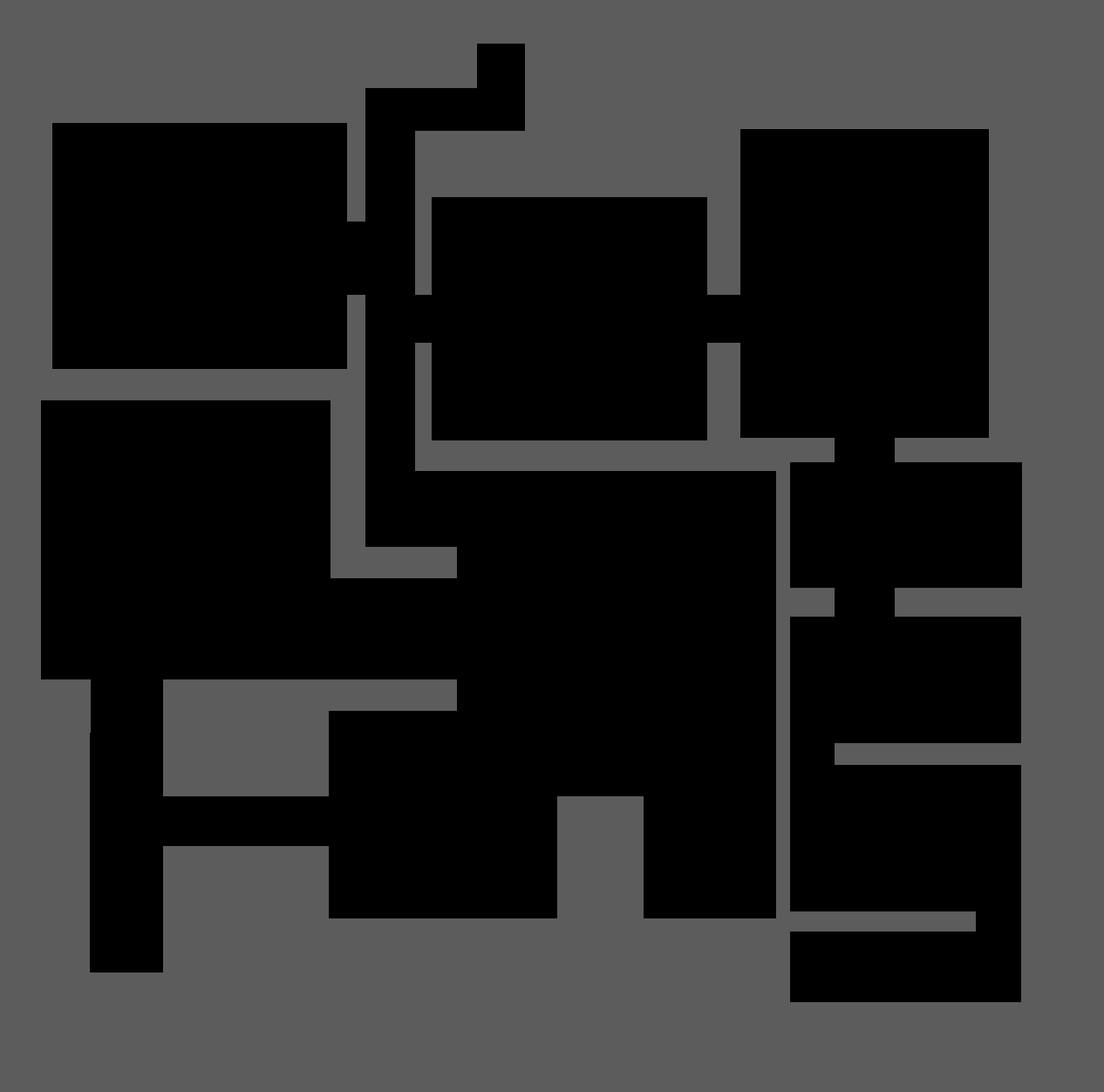
Museum top-down layout
Development
We had around 1 month to make the game, due to quarantine, we worked remotely. We started by doing a flat layout of the stage with a single painting working, which was the Monet scene. The core issue we had when we made our first prototype was that it barely worked right and it wasn't nearly enough for the amount of time we took, which would have meant we'd need to compromise a bit.
Rather than over-compromise, we doubled down and finished making the museum and polishing the player controller. We decided to just make 4 very good environments themed around different paintings and went from there.
I worked on the main exploration controls, one of the levels in the painting, the museum, and the soundtrack and sound effects.
The controls were extremely basic, first person with WASD to move and touch a painting to enter.
The painting I worked on was Peter Saul's. For this, I decided to take the foreground objects and make a path along them to get to the goal. I added platforms and brush strokes to guide the player. We also created the museum space to house the paintings similar to the top-down layer above.
For soundtrack, each map got their own unique songs. The museum had a small theme with strings, Monet got a peaceful, slow track, Escher got a dark track with atmospheric synthesizers, Dali's got a track with just one acoustic guitar reverbed and playing single notes and Saul got an electronic song.
After that, it was a matter of making sure that the rest of the game was polished properly. We made sure everything worked well and created a system where the players would get an artifact and have it change the area where the painting was located.
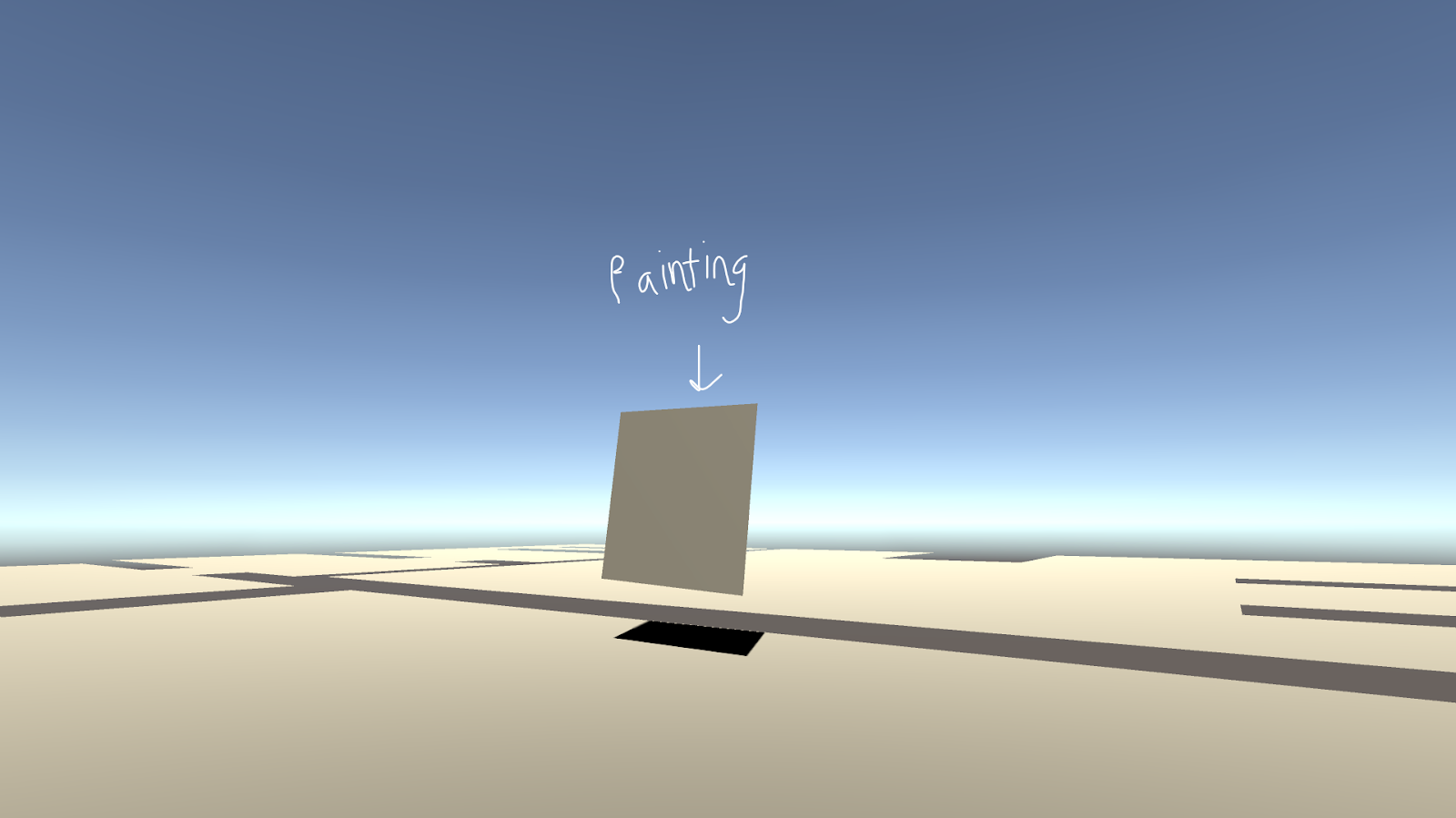
Flat Original museum layout
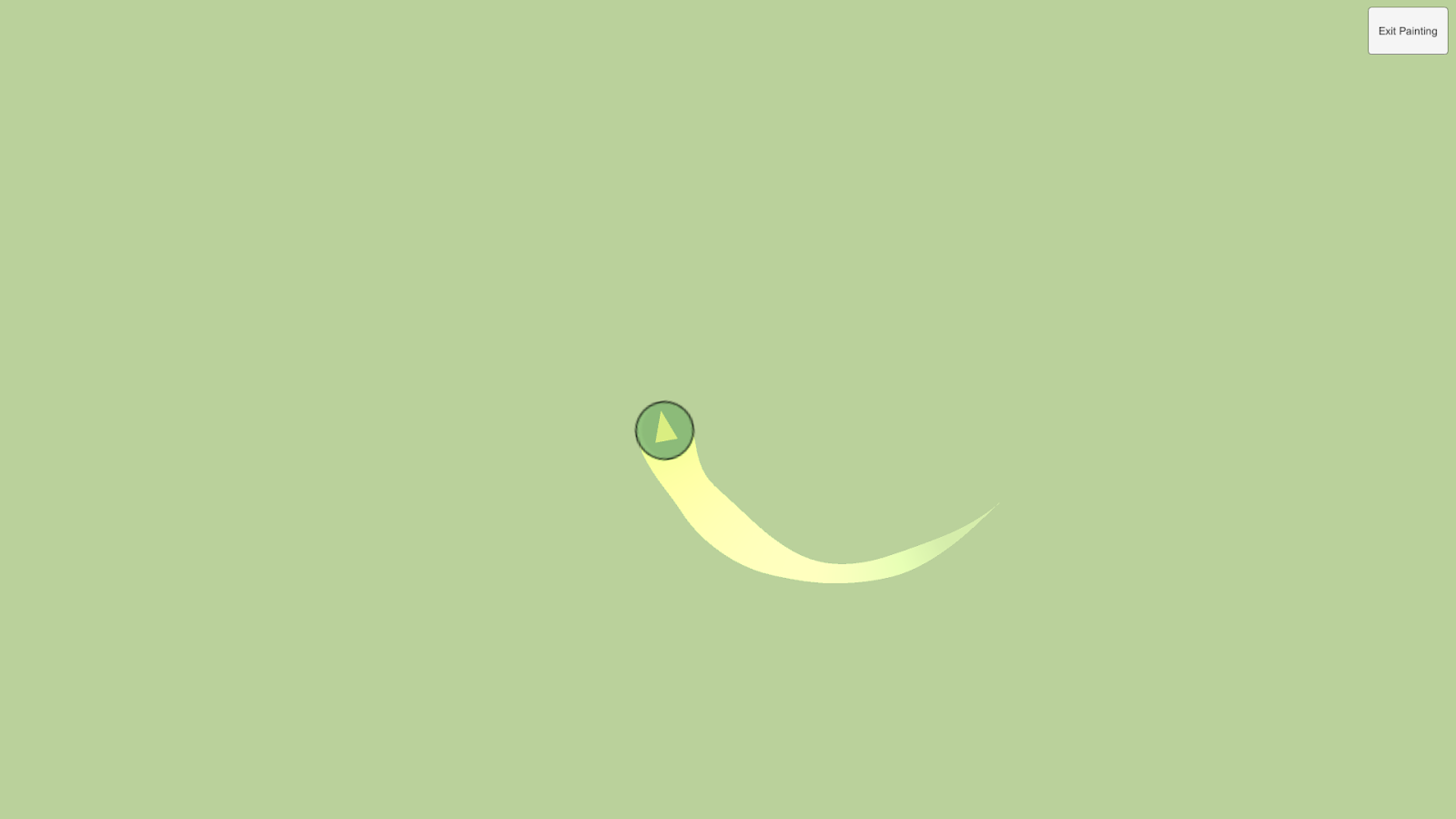
Initial Monet Stage
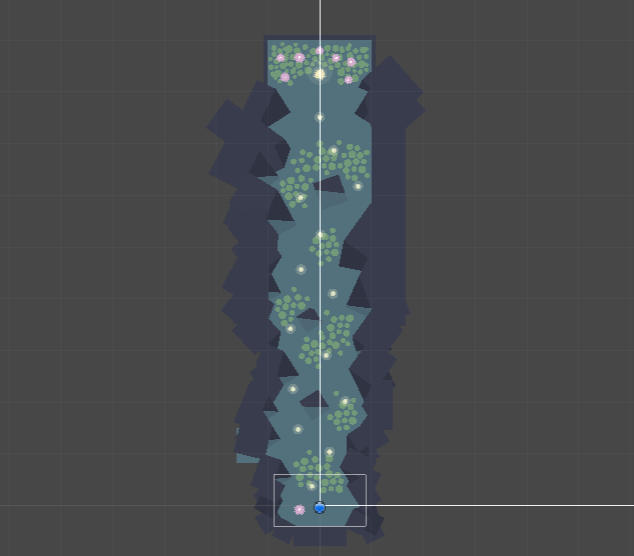
Monet-Development Versionn
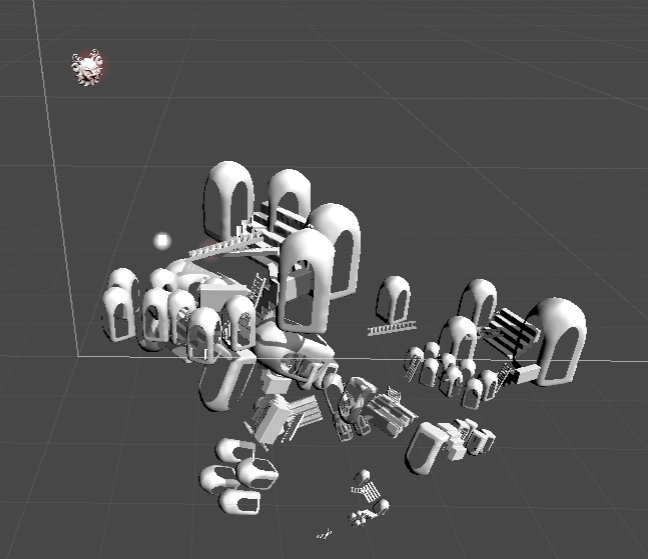
Escher-Development Version
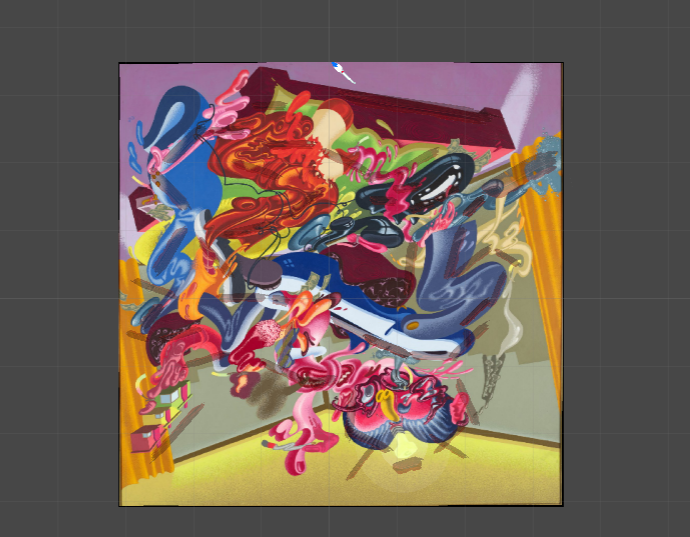
Saul-Development Version
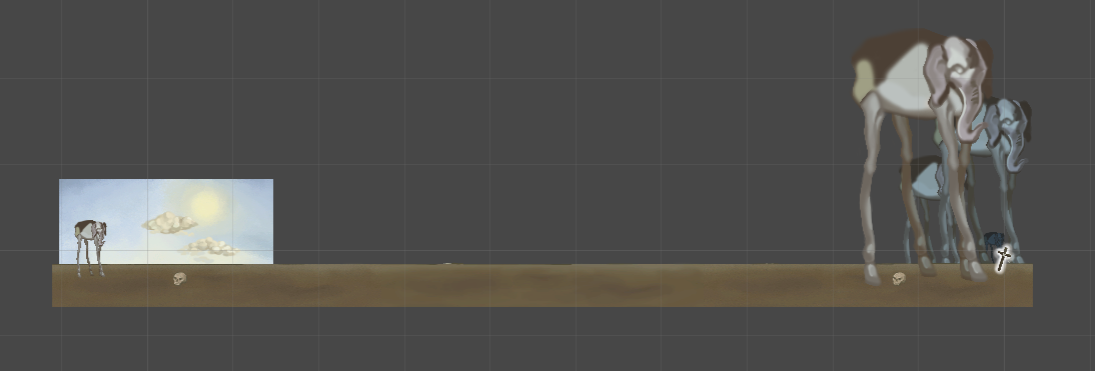
Dali-Development Versionn
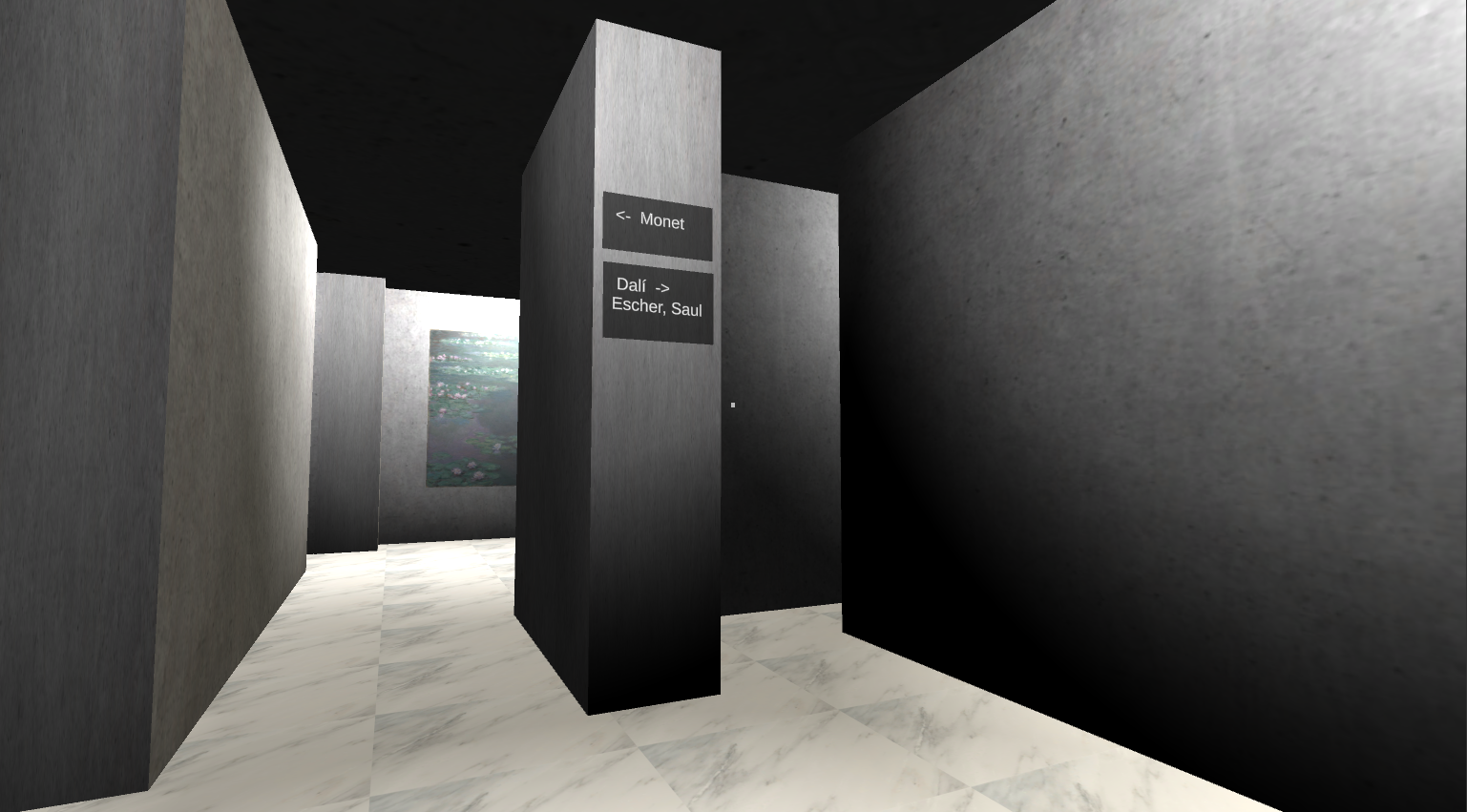
Completed Museum Interior
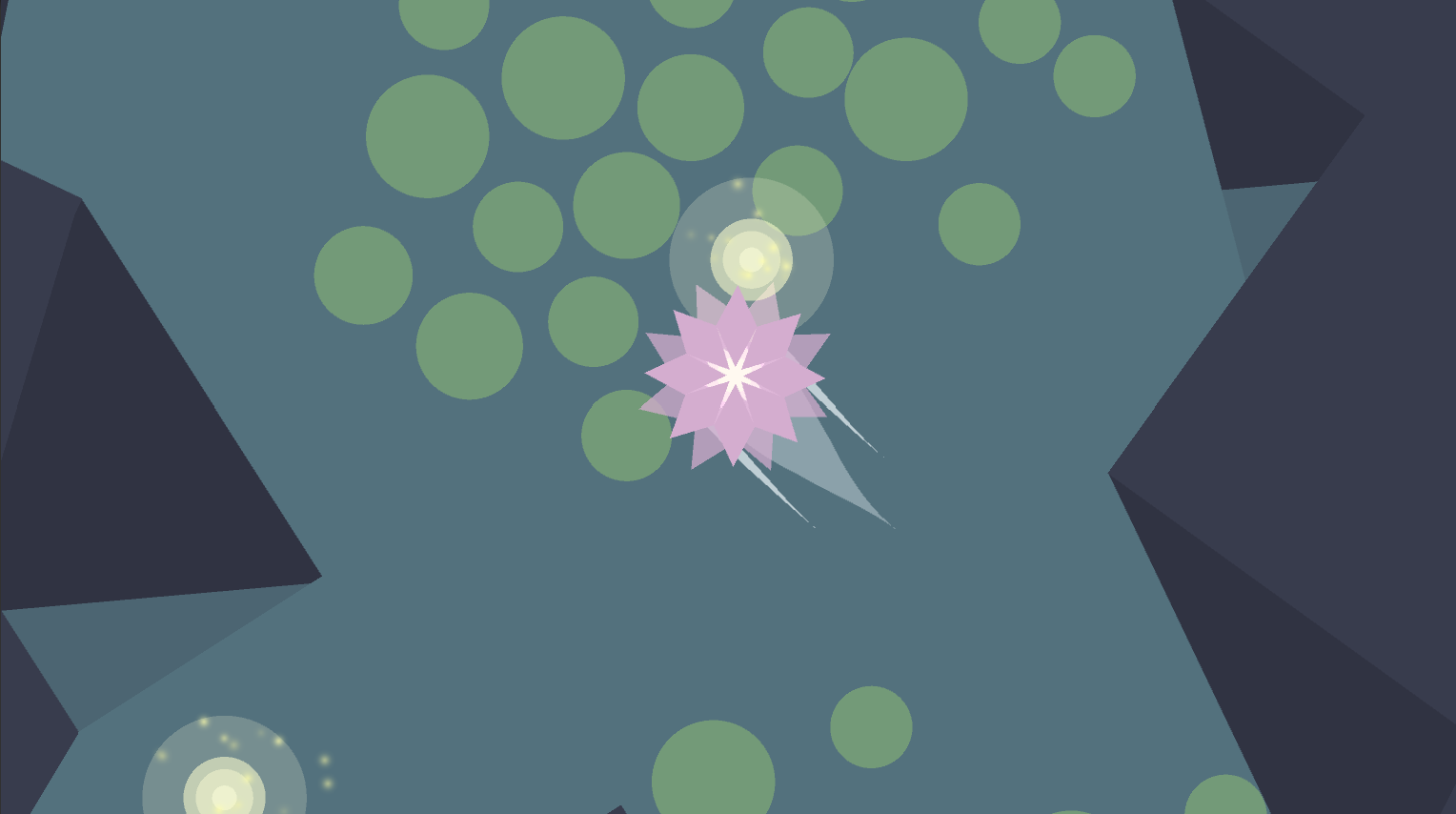
Monet
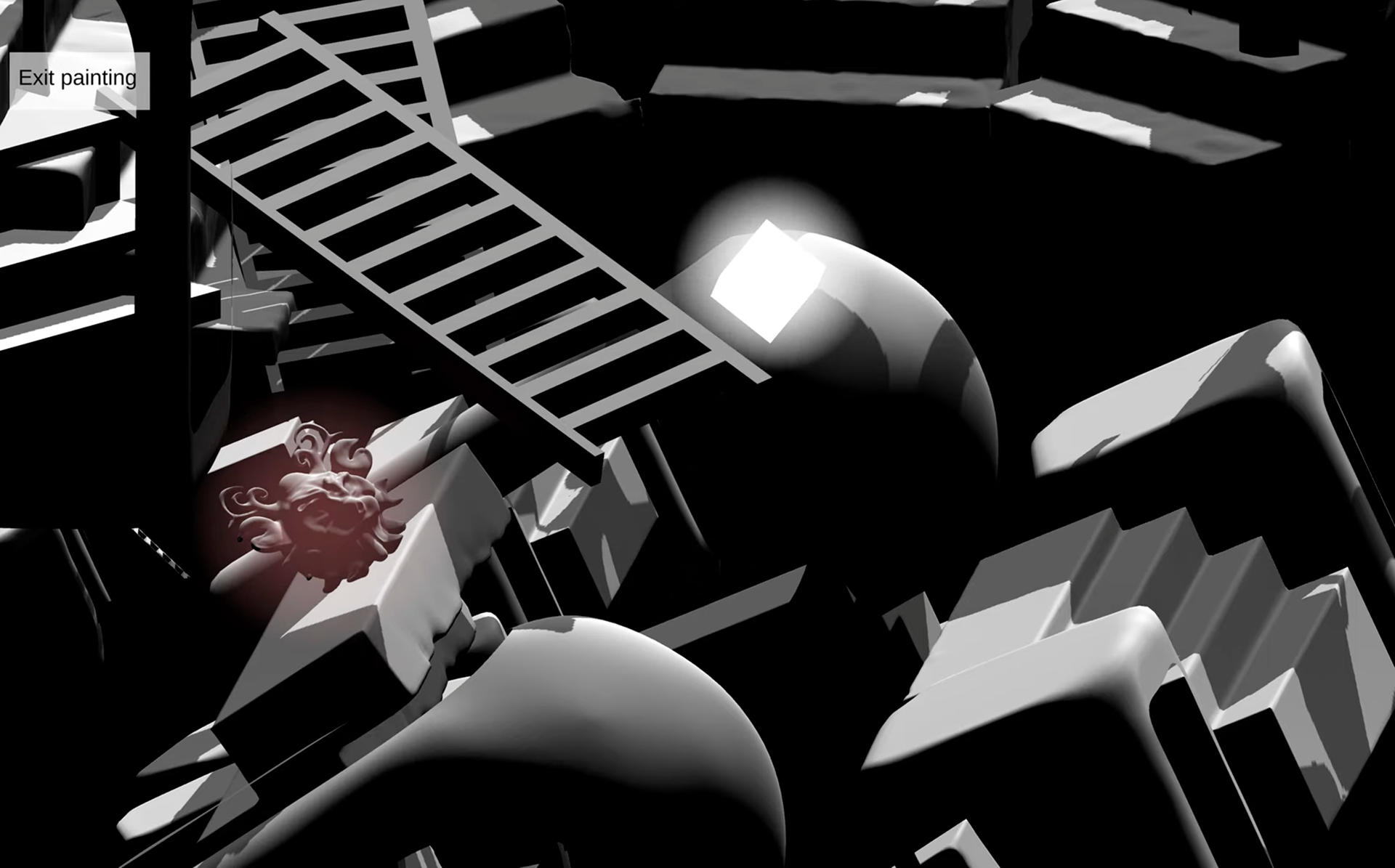
Escher
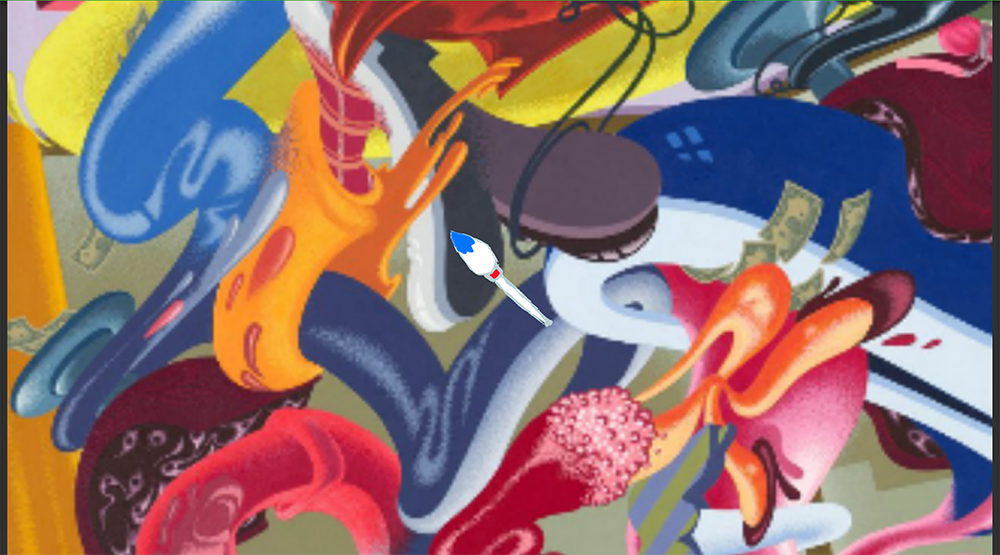
Saul
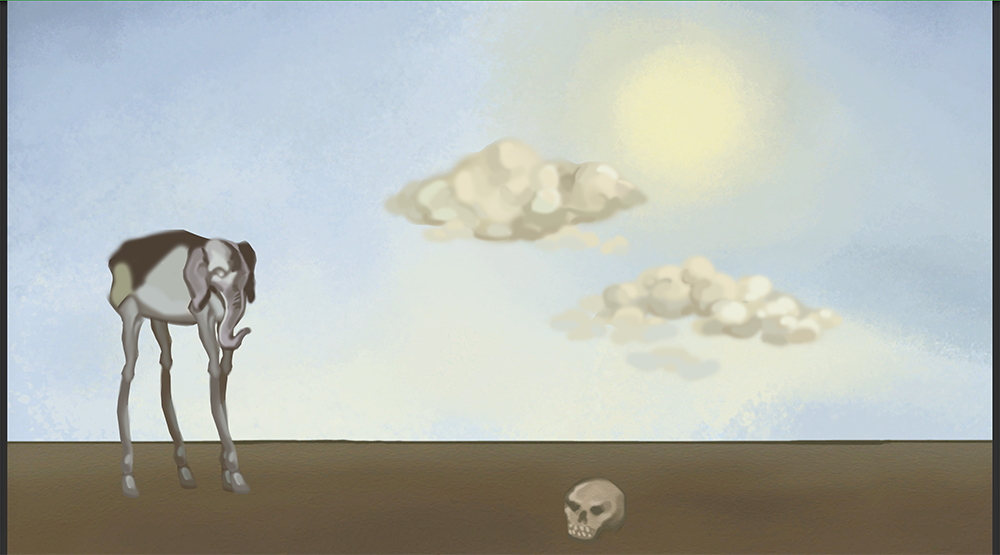
Dali
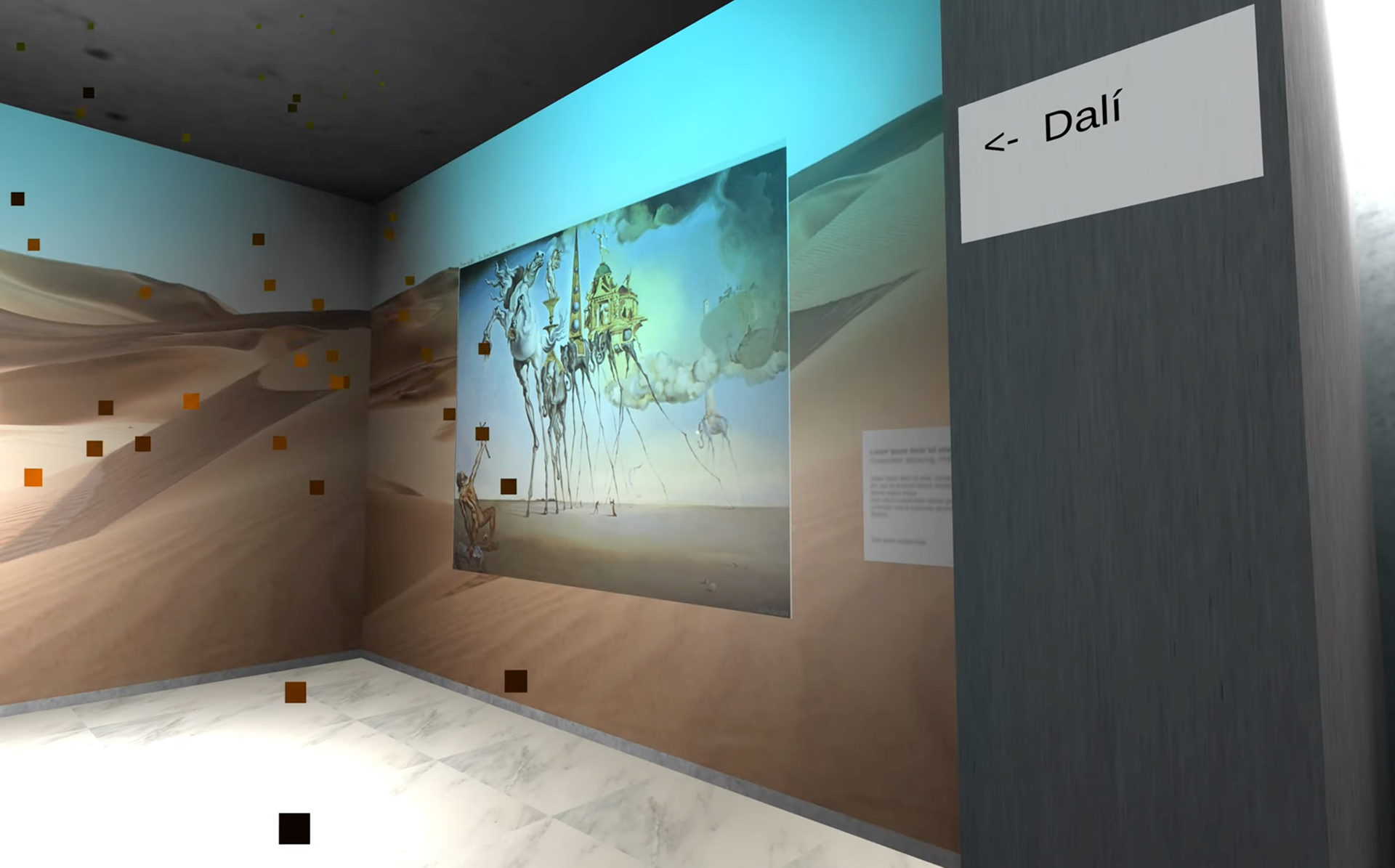
Upon Completing Dali
Testing and Release
Upon finishing our core development, we tested the game. One of the first things that we learned was that the player had no idea what to do. We solved this by creating a small room beforehand and making the museum itself a painting the player could jump into.
Another bit of feedback we got was that the museum seemed quite dark and uninviting. We used this to our advantage by making it the player's goal to brighten up the museum, making it more inviting by playing the game. The rest of the changes made were just quality of life and polish changes before we ultimately released the game.
The game was released to high praise, with our peers and guest critics citing it as some of the best work my teammates and I have done. We each received acclaim for the respective work we put in.
